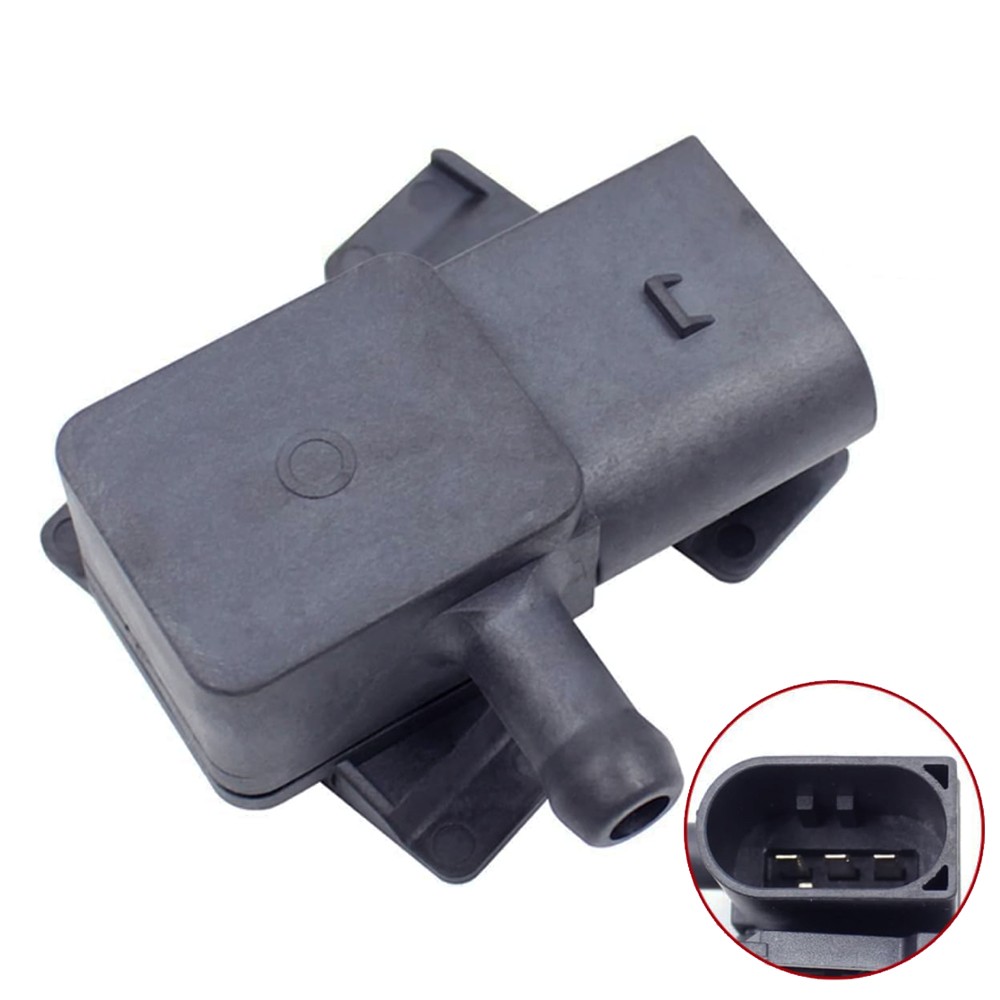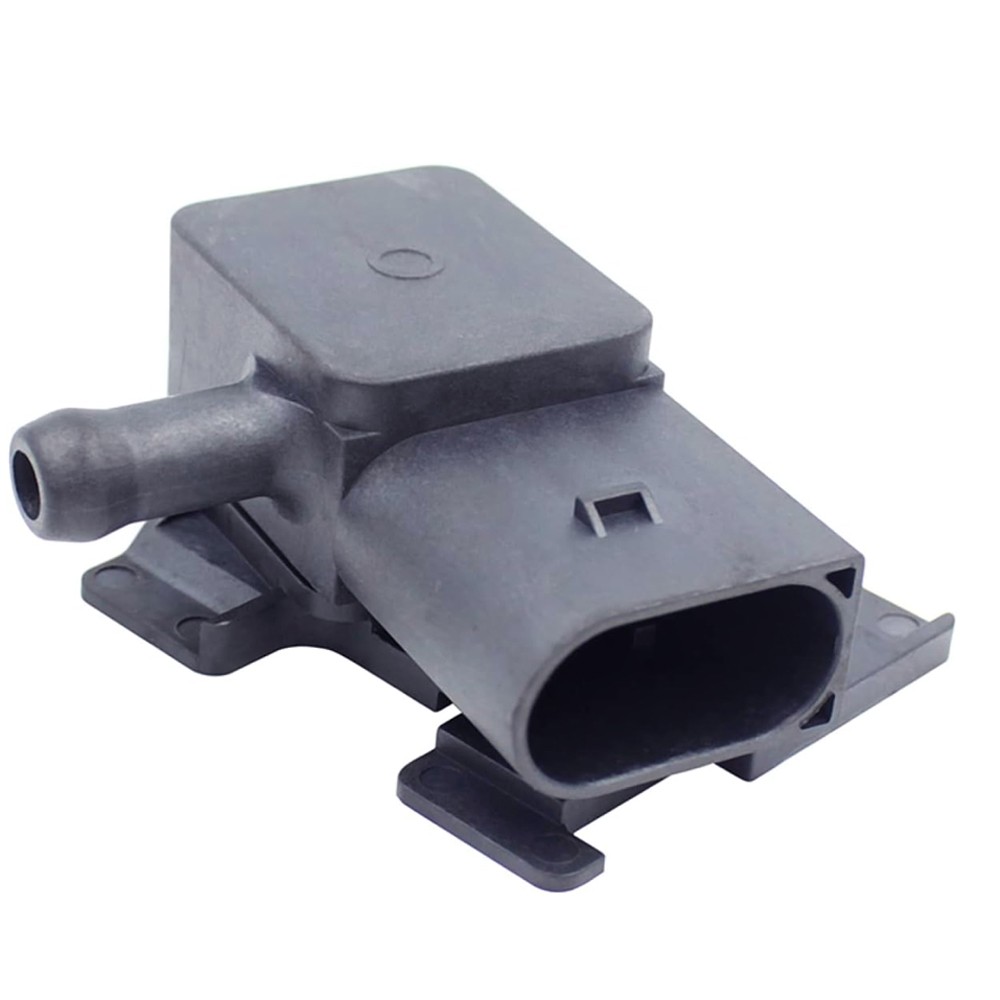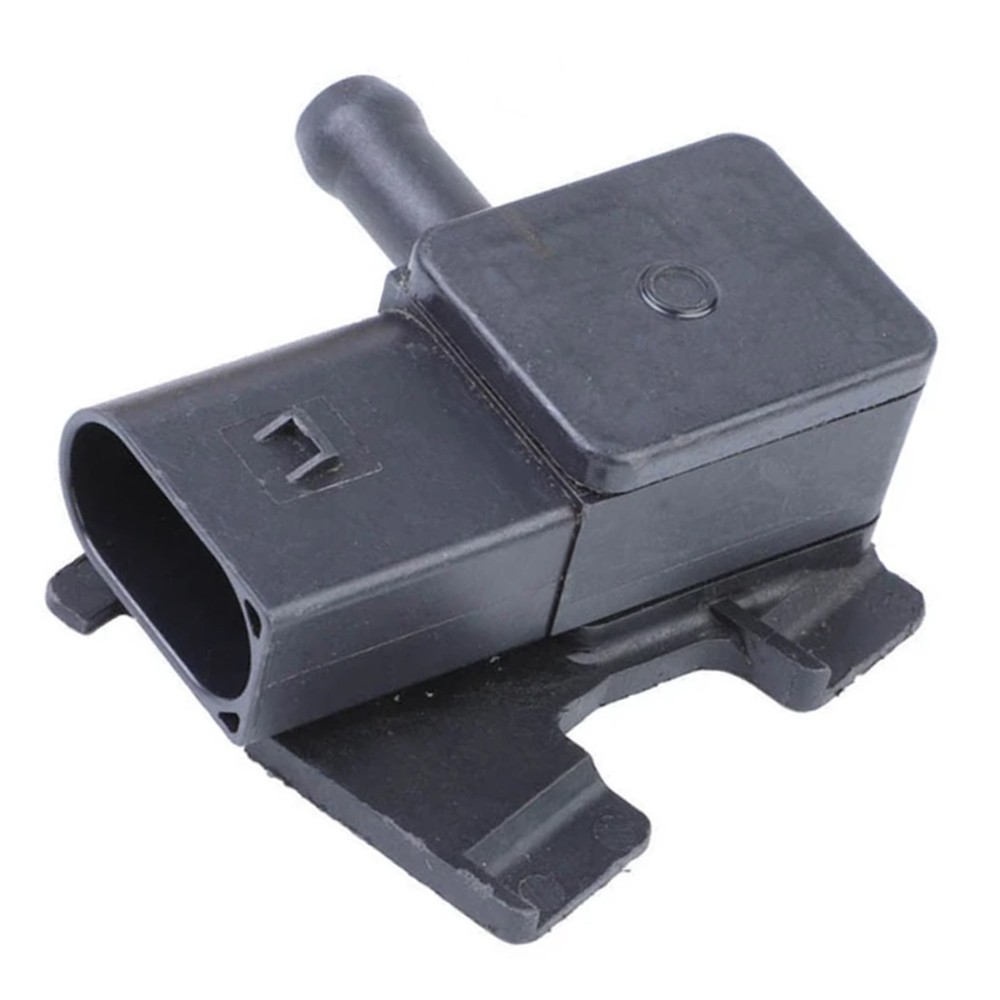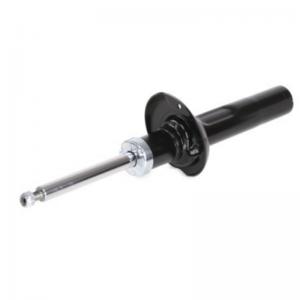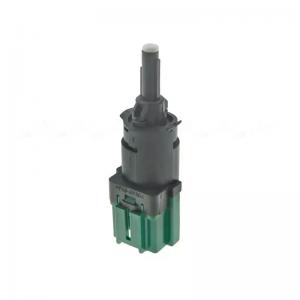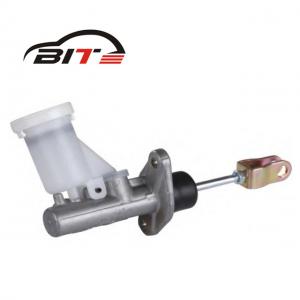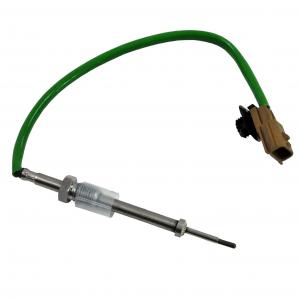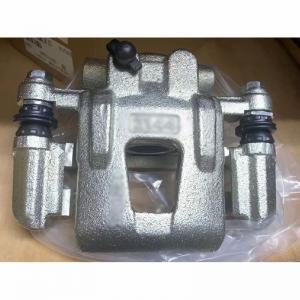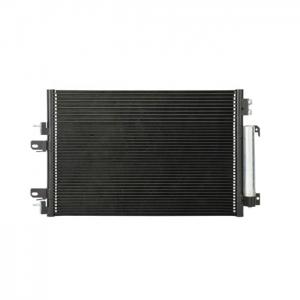Exhaust Pressure Sensor
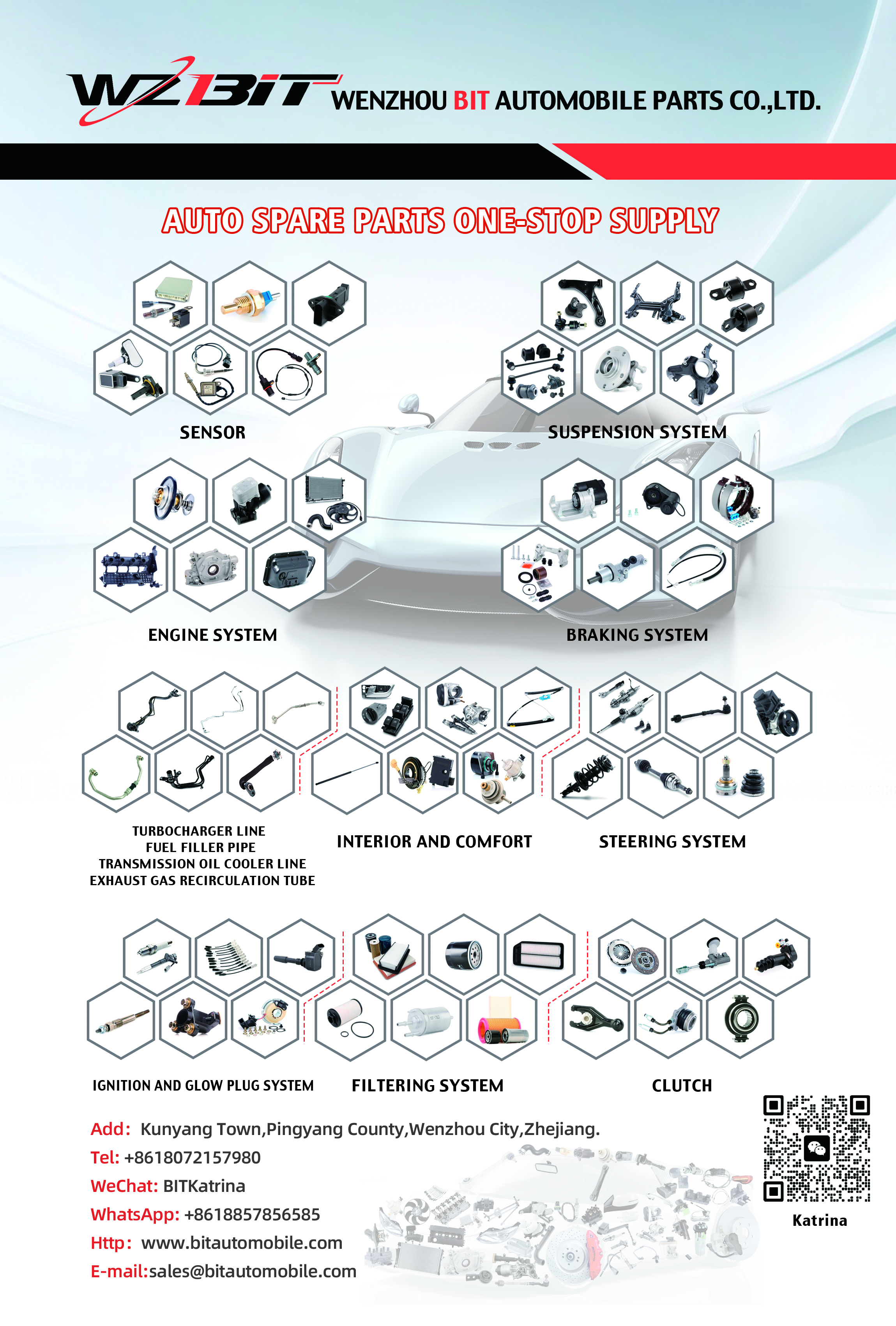
The Exhaust Pressure Sensor is a crucial component of your vehicle’s emissions and exhaust system. It monitors the pressure levels in the exhaust system, providing real-time data to the engine control unit (ECU) to optimize engine performance and maintain proper emissions levels.
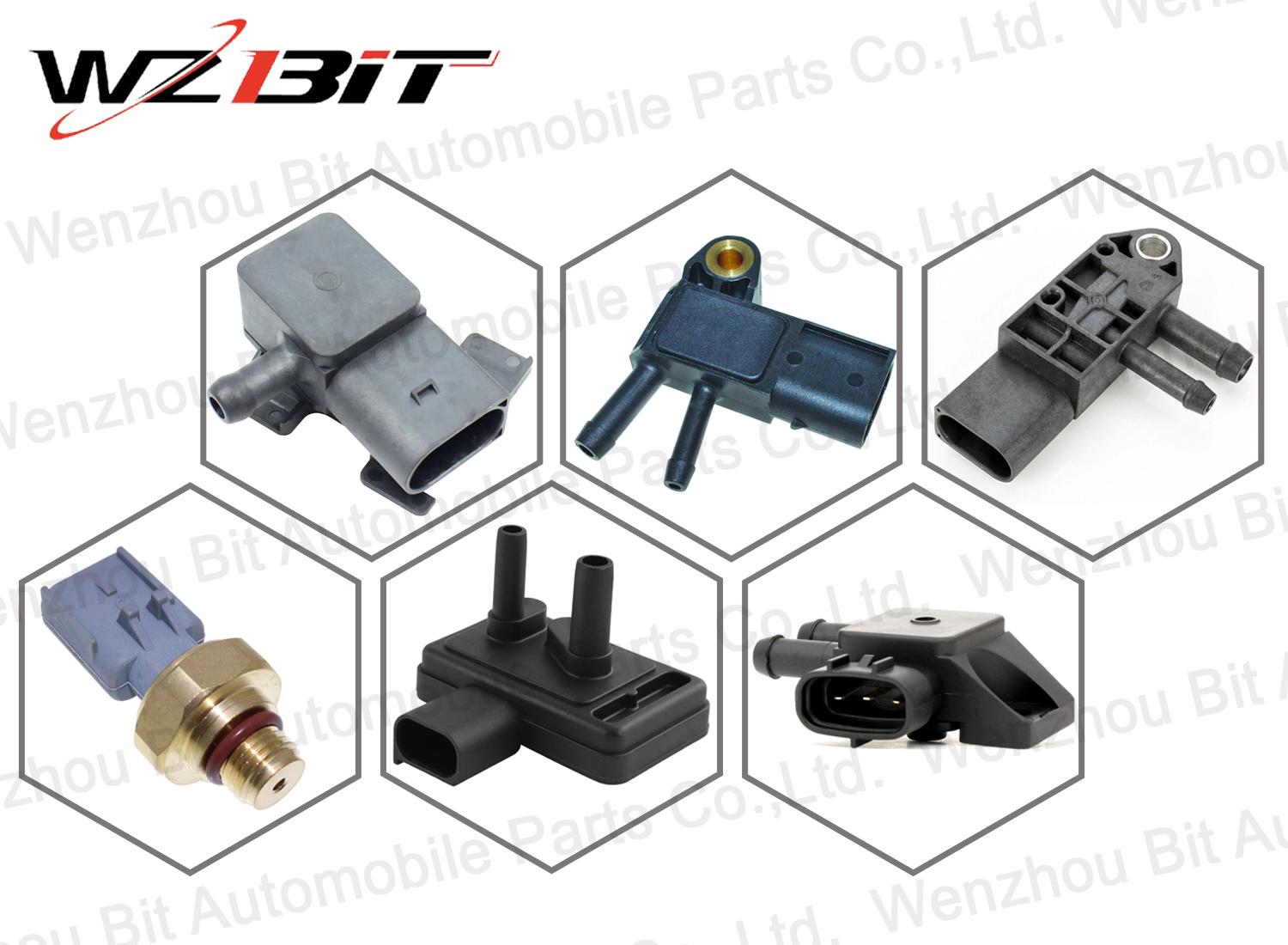
OE Number
13627805152
7805152
Compatible Applications
BMW5 (E60) (2003/07 - 2010/03)
BMW5 Touring (E61) (2004/06 - /)
BMWX3 (E83) (2004/01 - /)
BMW6 (E63) (2004/01 - /)
BMW6 Convertible (E64) (2004/04 - /)
BMW1 (E81) (2006/09 - 2012/09)
BMW3 (E90) (2005/01 - 2011/12)
BMW3 Touring (E91) (2005/09 - 2012/06)
BMW3 Coupe (E92) (2006/06 - /)
BMW3 Convertible (E93) (2006/08 - /)
BMWX5 (E70) (2007/02 - 2013/06)
BMW1 Coupe (E82) (2007/10 - /)
BMW1 Convertible (E88) (2008/03 - /)
BMWX6 (E71, E72) (2008/05 - /)
BMW7 (F01, F02, F03, F04) (2008/06 - /)
BMW5 Gran Turismo (F07) (2009/10 - /)
BMWX1 (E84) (2009/03 - /)
BMW5 (F10, F18) (2009/12 - /)
BMW5 Touring (F11) (2010/04 - /)
BMWX3 (F25) (2010/09 - /)
BMW6 Coupe (F13) (2010/11 - /)
BMW1 (F20) (2010/11 - /)
BMW3 (F30, F35, F80) (2011/10 - /)
BMW3 Touring (F31) (2011/10 - /)
BMW1 (E87) (2003/11 - 2013/01)
BMW1 (F21) (2011/12 - /)
BMW6 Gran Coupe (F06) (2011/09 - /)
BMW3 Gran Turismo (F34) (2013/03 - /)
BMW4 Coupe (F32, F82) (2013/07 - /)
Function
The primary function of the exhaust pressure sensor is to measure the exhaust gas pressure before or after critical components such as the diesel particulate filter (DPF) or turbocharger. This data allows the ECU to adjust fuel injection, turbocharger operation, and DPF regeneration, ensuring that the engine runs efficiently and meets emissions standards.
Construction
Exhaust pressure sensors are built to withstand the harsh environment of the exhaust system, including high temperatures and corrosive gases. Typically housed in a heat-resistant casing, these sensors use a diaphragm and piezoelectric or strain gauge technology to accurately measure pressure changes. They are designed for durability and precision to maintain reliable readings over the lifespan of the vehicle.
Types of Exhaust Pressure Sensors
-
DPF Pressure Sensor: Measures the pressure difference across the diesel particulate filter, ensuring proper filter operation and triggering regeneration cycles when needed.
-
Turbocharger Pressure Sensor: Monitors the exhaust pressure before the turbocharger, providing data to optimize boost pressure and engine performance.
Importance
-
Optimized Engine Performance: By monitoring exhaust pressure, the sensor helps the engine control unit adjust various parameters, such as turbo boost and fuel injection, for better efficiency and power delivery.
-
Emission Control: The exhaust pressure sensor ensures that the vehicle’s emissions remain within legal limits by helping manage the operation of the DPF and other emissions-related components.
Maintenance
While exhaust pressure sensors are designed to be durable, they can become faulty over time due to extreme conditions in the exhaust system. A malfunctioning sensor may lead to reduced engine performance, increased emissions, or incorrect DPF regeneration cycles. Regular diagnostics of the sensor can help identify issues early and prevent further damage to the engine or exhaust system.
Replacement
When replacing an exhaust pressure sensor, it is important to use a sensor that meets OEM specifications to ensure accurate readings and compatibility with the vehicle’s ECU. A faulty sensor should be replaced promptly to avoid poor engine performance, higher fuel consumption, and emissions issues.
In Summary
The Exhaust Pressure Sensor is a vital part of the vehicle’s emissions system, ensuring that exhaust gases are properly managed for optimal engine performance and compliance with emissions regulations. Its role in monitoring pressure levels allows the ECU to make critical adjustments to the engine’s operation, making it an essential component for modern vehicles. Regular inspection and timely replacement of this sensor are key to maintaining a healthy and efficient engine.
Send your message to us:


